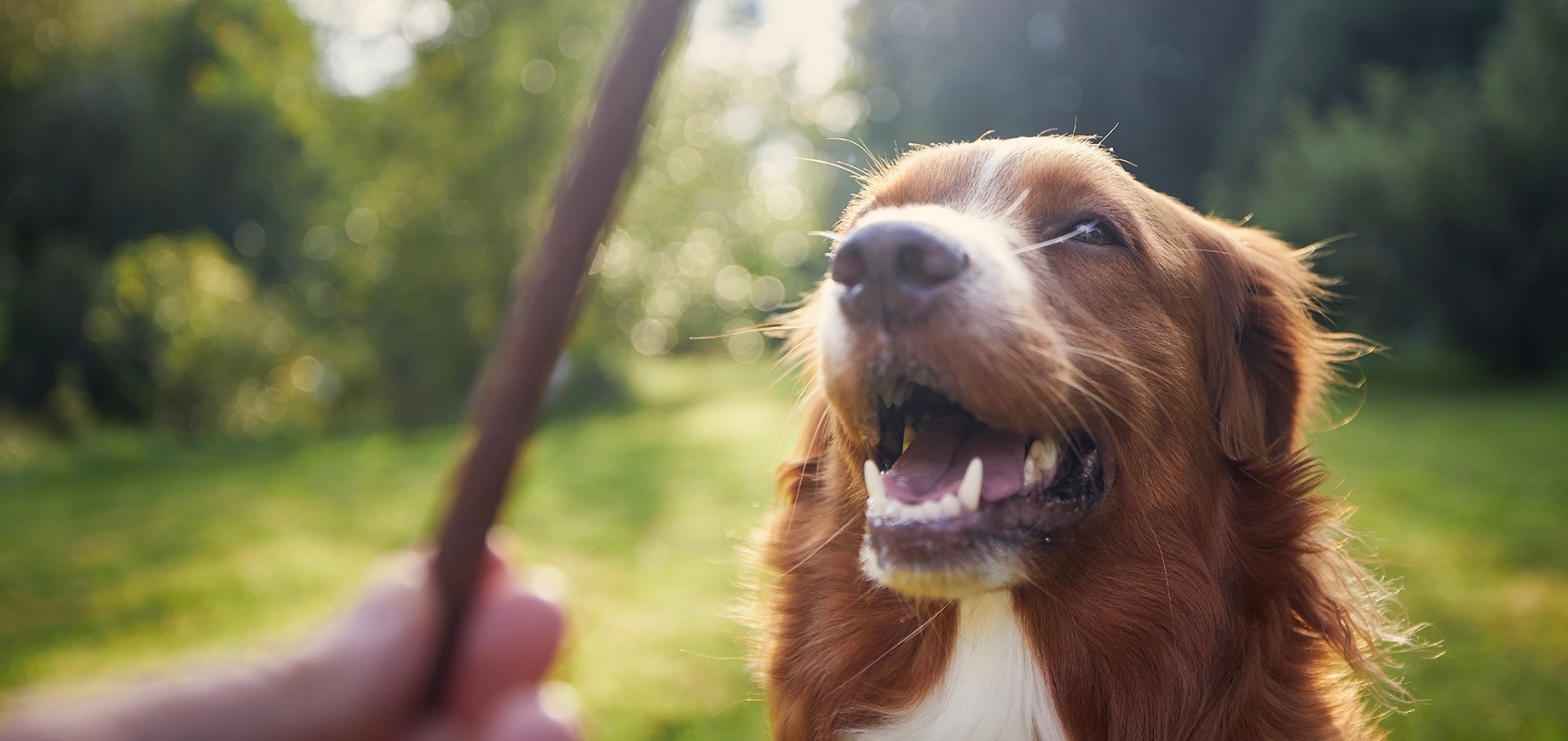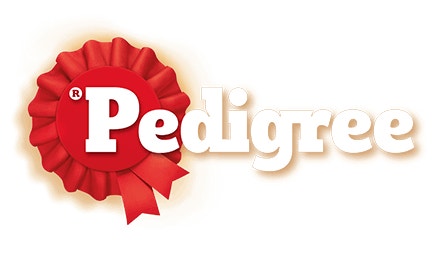
Just like humans, dogs go through a ‘teenage phase’, and this can cause a few hiccups. An adolescent dog might seem to be testing boundaries, have ‘forgotten’ their basic training such as recall or become fearful of things that didn’t bother them in the past. However, with the right knowledge, a dog’s adolescence needn’t be something for owners to fear.
Your dog’s adolescent phase will begin at around six months of age if you have a small dog and 9 -12 months if you have a big dog. It usually comes to an end between 18 -24 months, at which point your furry friend is a fully-fledged adult.
During this time, there are dramatic hormonal changes going on for your dog and a reorganisation of the brain. These make your dog increasingly motivated to explore and interact and full of energy. It can also make them seem less obedient than they were before.
All dogs are individuals. Some might sail through adolescence; some might be more wayward. The most common issues are around dogs becoming boisterous and over-exuberant, not coming back when they’re called or seeming to ‘forget’ their basic training. The good news is, with patience and consistency, all these things can be successfully managed.
If your teenage furry friend suddenly stops coming back to you when you call them, have a bit of sympathy – the world is a very exciting place to them right now! Of course, knowing that doesn’t mean it isn’t frustrating when you’re standing there in the park calling their name and being ignored! The solution is to revisit your dog recall training. It’s also worth considering using a long line lead which will let you practise recall while keeping your dog safe and under control. Don’t forget, when your dog does come back to you perfectly, it’s important to reinforce this behaviour with lots of calm praise and a tasty treat. PEDIGREE™ Ranchos Slices and Ranchos Sticks make the perfect training treats. Ranchos Slices are made with 100% natural beef and Ranchos Sticks 100% natural chicken. Neither contain any added colours or flavours, and they are less than 5% fat.
What if a dog who has previously nailed things like sit and stay suddenly ‘forgets’ them? Again, it’s a good idea to revisit their training. We’ve got lots of dog training tips to make life easier, but the key things to remember is that you need to be patient and consistent and keep training sessions short and fun.
Some owners, particularly ones with male dogs, find their furry friends start behaving in a less than friendly manner to other dogs. They might snap or snarl, for example. This behaviour can often be a sign of under-confidence, and the best way to deal with it is to calmly remove your dog from the situation, without scolding or punishing them. Do continue to socialise them and do reward them with praise and a tasty treat when they interact nicely with another dog. Socialisation: Taking the world one paw at a time has lots more good advice.
Some teenage dogs suddenly become frightened of people, things and situations they may have been fine with as a puppy. This is temporary and extremely common. The best way to deal with this is to stay upbeat and offer your dog reassurance. You could also try pairing what your dog loves with what makes them nervous. For example, if they’re scared of people on bikes, you could offer them a treat every time one goes past.
Adolescent dogs have lots of energy! This means walks are vital, of course, but also lots of active playtime. This is a great way to bond with your dog. Don’t forget about mental stimulation either. This will stop your furry friend from becoming bored and frustrated. There is a vast array of different activity toys on the market and even puzzle feeders to make mealtimes more fun, so experiment to find what your furry friend likes best.
It’s not uncommon for adolescent dogs to suddenly become fearful of things that didn’t worry them before, from people to other dogs to a particular environment. This fearfulness can manifest itself as aggression. If this happens, it’s best to calmly remove your dog from the situation, without scolding or punishing them.
Adolescent dogs can seem to have an unending amount of energy and stamina so it’s important to give them lots of physical and mental exercise. Walks, games and things like puzzle feeders will help to keep your dog’s mind and body busy – and out of mischief!
The short answer to this question is yes! As dogs reach full maturity, they are likely to mellow and calm down. Exactly when this will happen and to what extent will depend on the individual dog. Some dogs are calm even when they’re adolescents and some are more highly strung even when they’re older.
Looking for more training inspiration? Check these out:
How to communicate with your dog – and the mistakes to avoid
Reward-based dog training. What it is and why it works.

